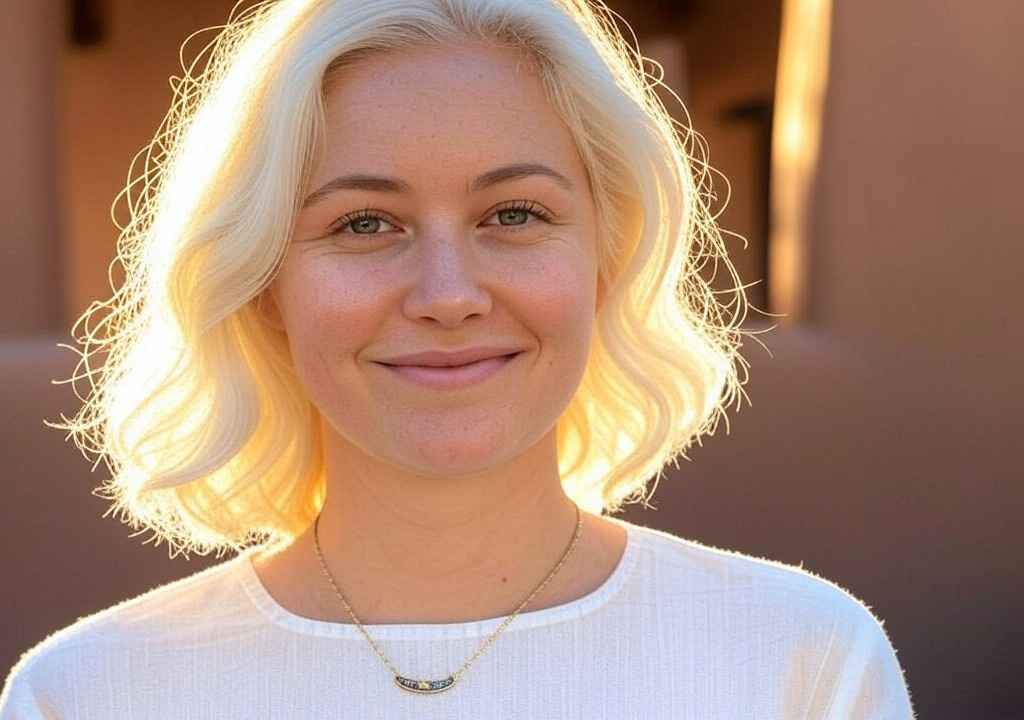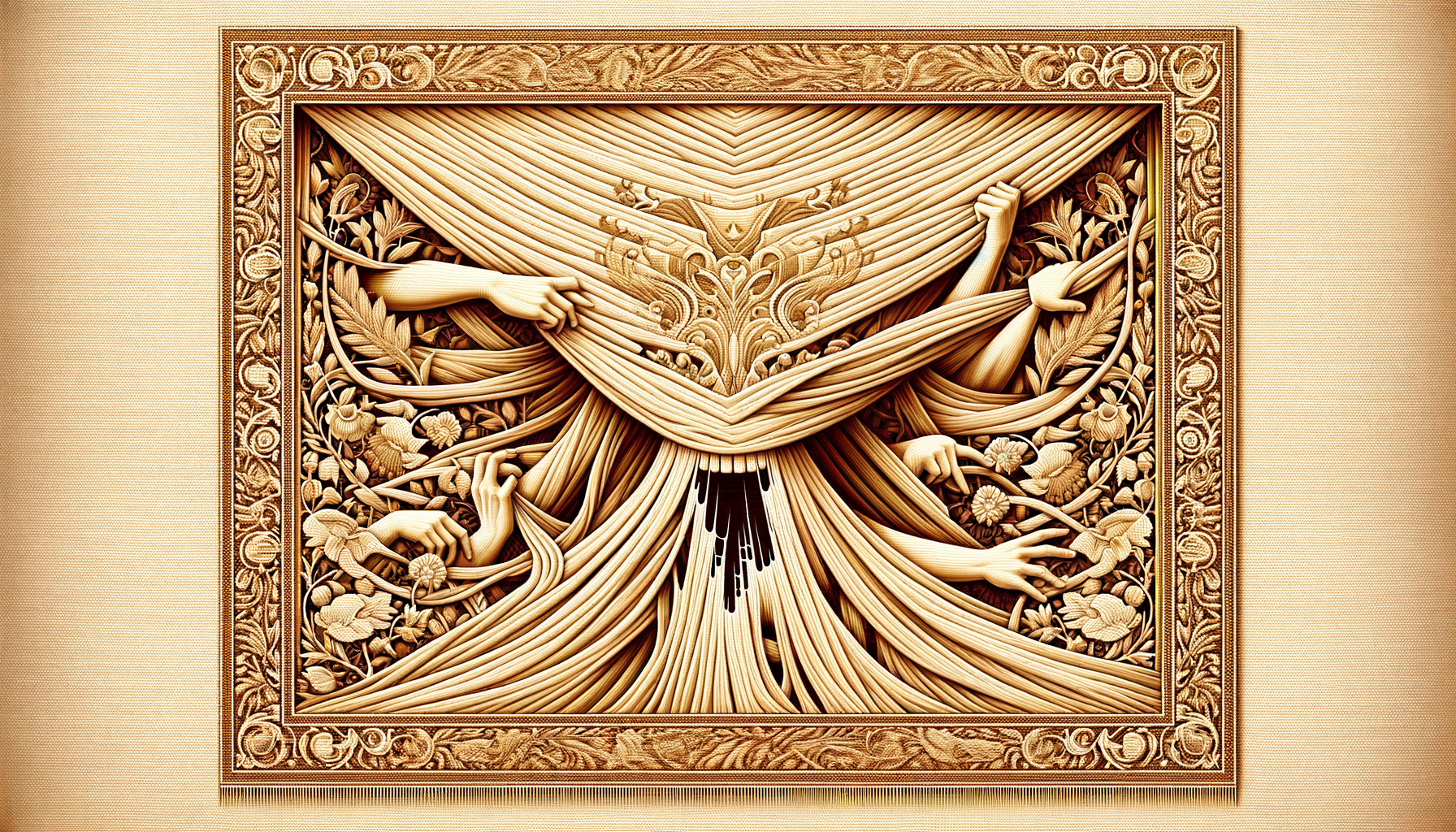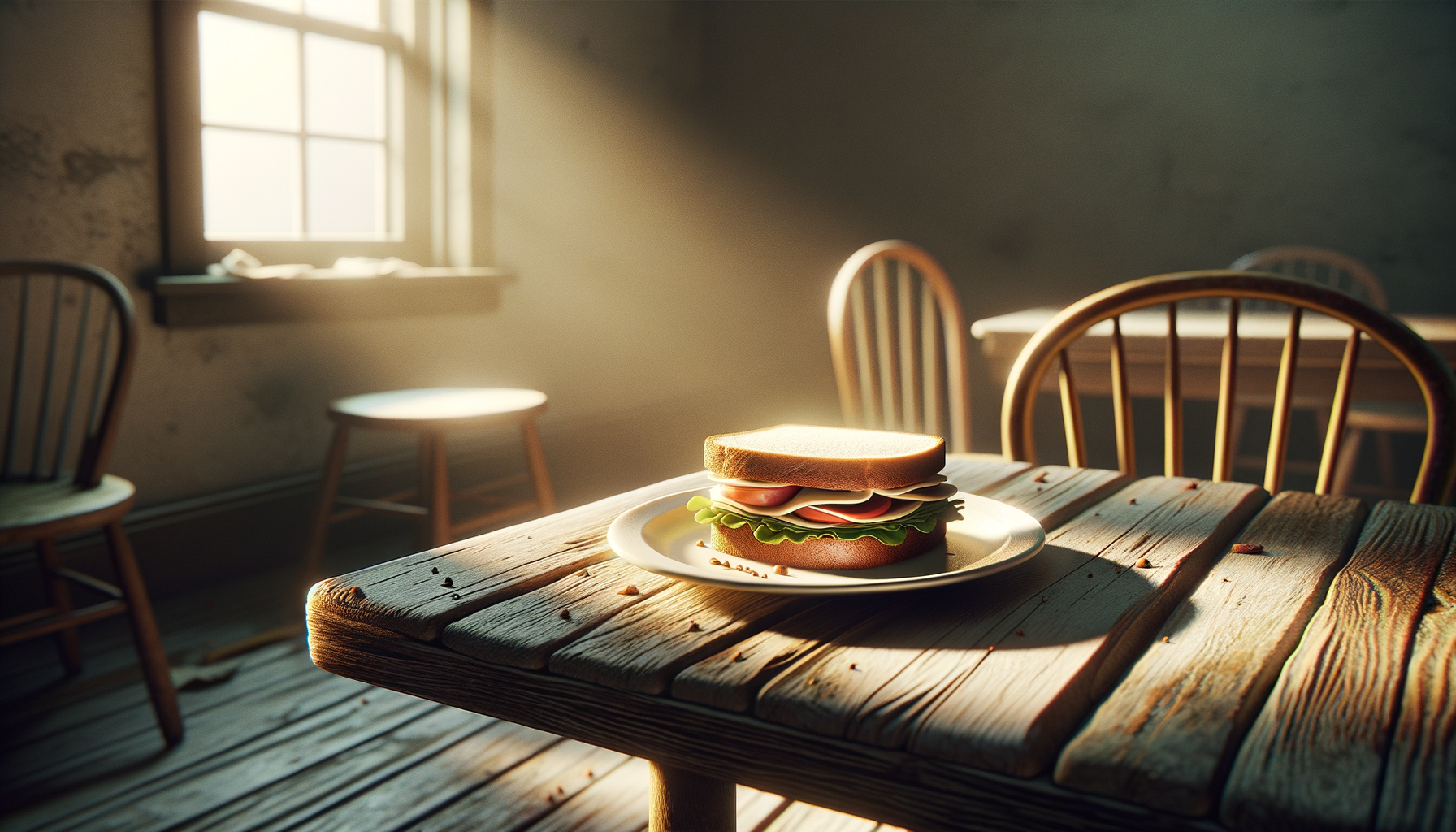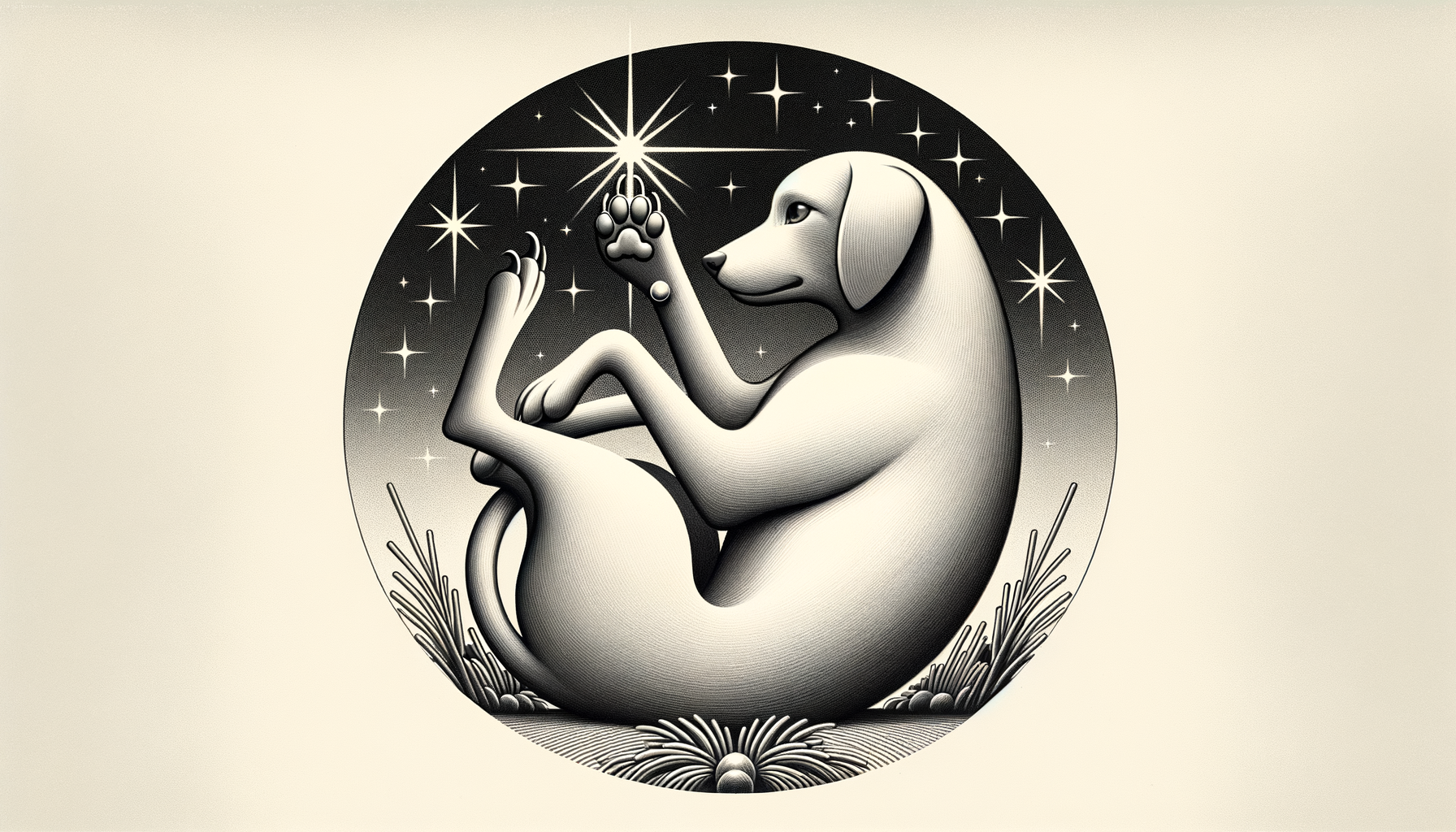When I was nine, I earnestly believed my family was descended from Spanish nobility. Not just any nobility, mind you, but illustrious dukes and duchesses whose elegant tapestries, I imagined, graced the very castles of Spain. This wasn’t some passing childhood fantasy—I had evidence. My grandmother, ever the storyteller, insisted our lineage traced directly back to a powerful countess who fled during the tumultuous 17th century and, for love or survival (or both), made her way to the New World.
For years, this story colored the way I saw myself. I told friends—with dramatic flair, of course—that my blood ran thick with aristocracy. While they clung to leftover Halloween costumes for dress-up days, I’d wrap myself in a shawl and declare that I had, in spirit, inherited my ancestors’ fine taste. The story was so woven into the fabric of our family mythology that questioning it felt borderline heretical. But as with most myths, cracks began to show—particularly when I grew older and started to ask bolder questions.
The Noble Lie
Let me start by saying that my family is… creative. We lived just outside of Santa Fe, nestled in a desert that inspired painters, poets, and even a few eccentrics who saw UFOs in the stars. My parents ran a boutique gallery, my grandmother spent afternoons sipping tea surrounded by canyon hues, and our dinner conversations felt less like casual chit-chat and more like curated storytelling sessions. “Never let the truth get in the way of a good story,” my dad often joked, but it wasn’t until later that I realized how much this ethos bled into every family legend—especially the one about our supposed nobility.
You see, asking for specifics about this countess was a risky business. My grandmother would purse her lips, stare into the middle distance, and insist that “the records were lost to time.” My dad would chime in about the Spanish Civil War, a historically irrelevant detail that somehow bolstered the claim in his eyes. No matter how many times I heard the story, it always remained just vague enough to evade actual scrutiny.
It wasn’t until I found myself staring at my family’s Ancestry.com results—courtesy of my sister, who’d decided to “get real” about our history—that the truth emerged: We weren’t descended from Spanish nobility. We weren’t even descended from Spain. According to science, our bloodline was a melting pot of indigenous Pueblo roots, some French fur traders, and vaguely Eastern European wanderers who liked deserts, apparently. Beautiful in its own right—but about as noble as my cat rolling off the couch.
Why We Cling to Family Myths
At first, I felt a little betrayed. Okay, a lot betrayed. I’d built an identity around the idea that at least some part of me belonged to something grand, something transcendent. But the more I thought about it, the more I recognized the truth: my grandmother’s story wasn’t an outright lie. It was her way of giving shape to something she felt but couldn’t name. Like me, she wanted to belong to a bigger narrative, one that explained why she felt so drawn to beauty, craftsmanship, and romance.
Here’s the rub: we all write these stories. Maybe yours isn’t about royal lineage. Maybe it’s that belief that your hometown was “too small for someone like you,” or that you’re naturally bad at love because that’s just the way the women in your family are. (Side note: I’ve lost count of how many friends have told me their bad luck in relationships is genetic, as if being emotionally unavailable is encoded in your DNA next to eye color.)
These myths help us cope—not only with where we come from, but with where we’re headed. They’re a compass, even if the GPS is faulty.
When the Myth Becomes the Problem
Here’s the hard truth: family myths are a double-edged sword. They can be comforting, sure, but they can also hold us back. One friend of mine, for example, spent years clinging to a tale her dad told her about how the “women in their family are naturally independent.” It became her excuse to avoid commitment altogether, refusing to let anyone see her vulnerable side. It wasn’t until she hit 30 and began asking herself what she actually wanted—instead of what she’d been conditioned to believe about herself—that she realized the myth wasn’t serving her anymore.
For me, the myth of the Spanish countess didn’t just obscure the truth of my ancestry. It also gave me an excuse to see myself as separate—special, even—rather than embracing the grounded, messy, and often complicated reality of where I actually came from. In my younger years, this meant dismissing the deep cultural heritage of my region (why learn to make Pueblo pottery when I could daydream about flamenco fans instead?); as an adult, this translated into overvaluing romance while undervaluing real connection. Because nobility, you know, isn’t about getting your hands dirty.
How to Let It Go (Without Losing Yourself)
So where do you go when the myth pops? How do you move forward without feeling like you’re losing a part of yourself? Here’s what I learned, both from my own journey and from watching others untangle their own family myths:
-
Separate the story from the values.
The story may not be factually true, but what drew you to it in the first place often still is. For me, the idea of nobility was less about castles and tiaras and more about cultivating grace, beauty, and strength. I didn’t need a countess as an ancestor to do that. -
Find the truth in your truth.
When I let go of my fantasy about European nobility, I made room to truly appreciate the history I did have, particularly my ancestors’ resilience. The Pueblo side of my family may not have worn crowns, but they carved lives out of sandstone and survival—what’s more noble than that? -
Rewrite your own myth.
It took me years to realize that I’m not bound to any story that doesn’t serve me. Instead of clinging to prepackaged narratives, I started treating myself as the author of my own script. Some days, this means embracing my flaws; others, it means creating an aspirational vision of who I want to be, knowing full well that it’ll change.
Your Myth Is Yours to Mold
Letting go of a family myth doesn’t mean rejecting its legacy; it means choosing to shape it into something that reflects your truth. These days, I’m less preoccupied with castles and crowns, and more interested in the soil beneath my feet—messy, layered, and bursting with the kind of history you can feel deep in your bones.
If you’ve been holding onto a family story that doesn’t quite feel right anymore, know this: it’s okay to let it go. Or, better yet, to reshape it until it looks like the person you’ve become. Because at the end of the day, your story doesn’t have to be perfect—it just has to be yours.




















